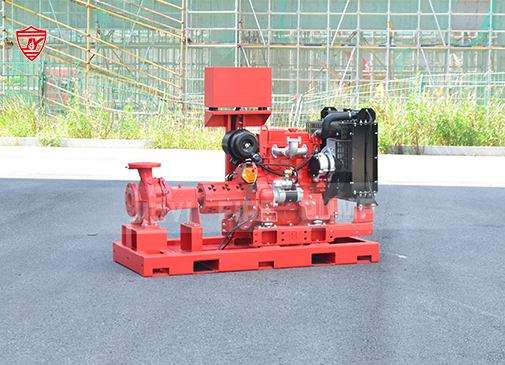Proper maintenance of diesel fire pumps is critical to ensure their reliability during emergencies. Neglecting routine inspections and care can lead to operational failures when every second counts. This guide will provide you with the essential steps and tips to maintain your diesel fire pumps effectively.

Why Diesel Fire Pump Maintenance Matters
Diesel fire pumps are vital in fire protection systems, offering dependable water supply during fire emergencies. Regular maintenance ensures:
- Optimal performance and efficiency
- Compliance with fire safety standards like NFPA 20
- Reduced risk of unexpected failures
- Extended equipment lifespan
Key Components Requiring Regular Maintenance
- Diesel Engine: Check for oil, coolant, and fuel levels. Inspect for leaks, wear, and battery health.
- Pump Assembly: Inspect for seal integrity, alignment, and lubrication.
- Control Panel: Verify proper function of alarms, indicators, and controls.
- Fuel System: Check fuel quality, and clean filters regularly to prevent clogs.
- Cooling System: Ensure proper flow and temperature control to prevent overheating.
Maintenance Checklist and Frequency
- Weekly Inspections:
- Test engine start and idle performance.
- Check fuel, oil, and coolant levels.
- Inspect belts, hoses, and electrical connections.
- Monthly Inspections:
- Perform a 30-minute test run under load.
- Inspect and clean air filters.
- Check alignment of pump and motor couplings.
- Annual Inspections:
- Conduct a full-system flow test.
- Flush fuel tank and replace filters.
- Inspect and recalibrate safety devices.
Tips for Better Maintenance Practices
- Follow manufacturer’s maintenance schedule.
- Use only approved replacement parts and fluids.
- Keep a detailed maintenance log for inspections and repairs.
- Train staff on proper handling and troubleshooting.
Conclusion
A well-maintained diesel fire pump is your first line of defense in fire emergencies. By adhering to a rigorous maintenance schedule and best practices, you can ensure compliance with safety standards, reduce downtime, and enhance overall system reliability.
